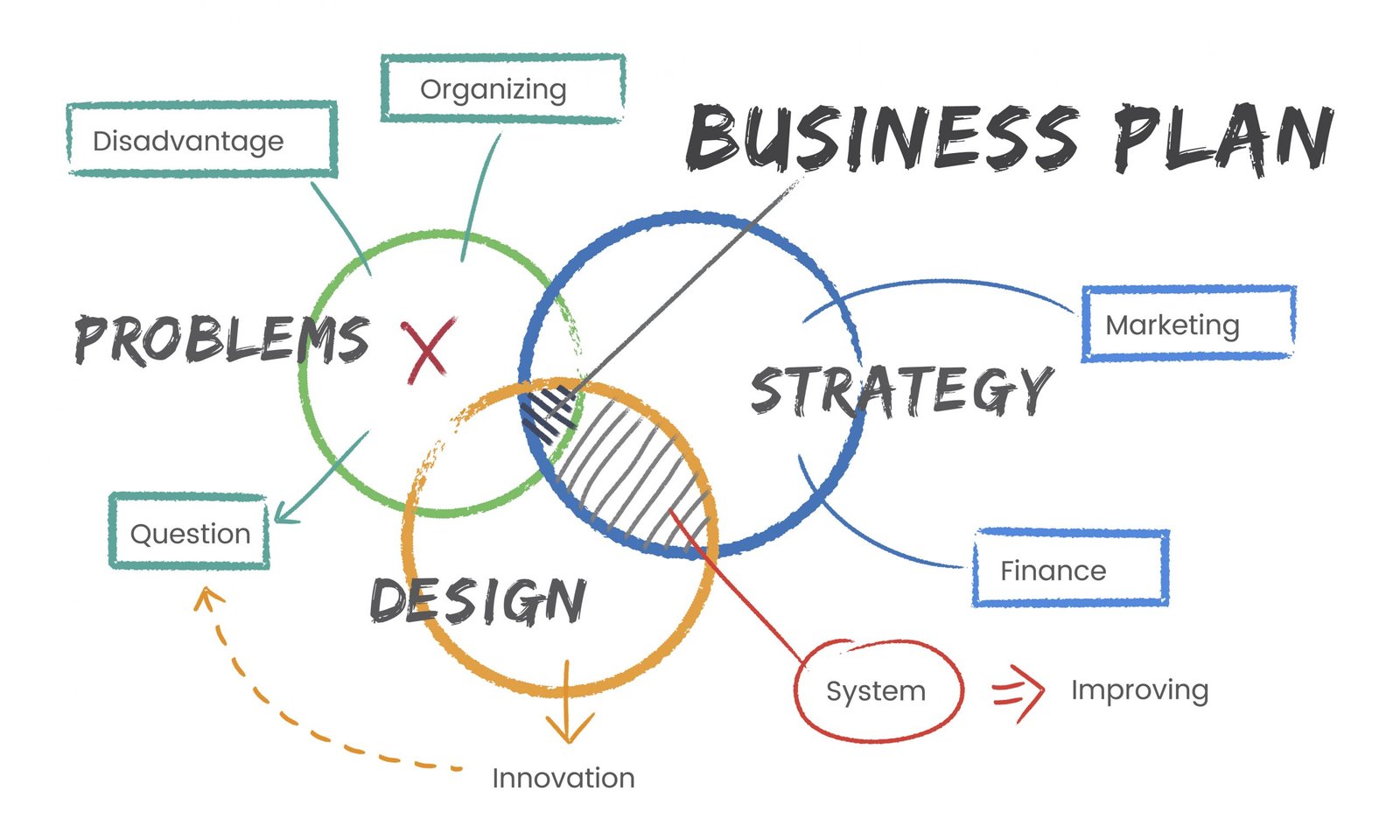Creating a powerful and effective business development strategy (BDS)can serve as the backbone of your business growth. It can guide your enterprise through turbulent markets, facilitate smart decision-making, and pave the way for sustained profitability. In this comprehensive guide, we delve into the key elements of an effective BDS and offer practical examples, case studies, and relevant statistics to illuminate the path to business success.
Understanding Business Development Strategy
A business development strategy is a document that describes how a company will achieve its growth objectives. This could involve entry into new markets, development of new products, or forming strategic partnerships. By outlining a clear path, the strategy aids decision-making and helps businesses navigate future challenges.
Key Elements of a Business Development Strategy
Creating an effective business development strategy involves several crucial elements:
- Understanding Your Market:
In-depth market research is the foundation of any successful business development strategy. It enables companies to understand customer needs, assess competitors, and identify market trends.
Thorough market research is essential for shaping your business development . This involves understanding your target demographic, their buying habits, preferences, and needs. You also need to identify your competitors, their strengths, weaknesses, and the strategies they employ. An understanding of macro and microeconomic trends, industry insights, and potential legal or political challenges that could impact your business is also crucial. This knowledge will inform your strategy, helping you make decisions that align with market demands. - Clear Objectives:
Clearly defined business objectives provide the compass for your business development strategy. Whether it’s increasing sales by a certain percentage, breaking into a new market, or launching a new product line, your objectives should be Specific, Measurable, Achievable, Relevant, and Time-bound (SMART). Clear objectives provide a sense of direction and a way to measure progress and success. - Identifying Opportunities:
Opportunity identification is the engine of business development. This requires a forward-thinking approach, always on the lookout for potential avenues for growth. This could involve expanding into new geographical markets, targeting new customer segments, developing new products or services, or leveraging technological innovations. By staying abreast of industry trends and being open to potential partnerships and collaborations, businesses can identify and seize opportunities to drive growth. - Resources and Capabilities: A realistic appraisal of a business’s resources and capabilities is vital in ensuring the strategy is achievable and sustainable.
An honest appraisal of your company’s resources and capabilities is crucial for shaping a sustainable and achievable BDS. This involves assessing your financial resources, human capital, technological assets, and infrastructural capabilities. Additionally, a thorough understanding of your business’s unique selling propositions (USPs) and strengths will enable you to leverage these in your growth strategy. Equally, recognizing your weaknesses can help you identify areas for improvement or potential challenges to address. - Actionable Plan: A detailed plan outlines how a company will achieve its objectives, specifying timelines, roles, and responsibilities.
The final element of a successful business development strategy is the creation of a detailed, actionable plan. This plan should lay out the specific steps required to achieve your objectives, including timelines, roles and responsibilities, and resources required. It should also identify key performance indicators (KPIs) that will enable you to measure progress and success. By having a clear, detailed plan, everyone in your organization will understand their role in the company’s growth, fostering unity and coordination towards achieving your business objectives.
Case Study: Starbucks’ Business Development Strategy
Starbucks provides an excellent case study in successful BDS. The company’s strategy of geographic expansion, product diversification, and creating a unique customer experience has fuelled its growth from a single store in Seattle to a global coffee empire with over 30,000 locations.
Implementing Your Business Development Strategy
Effective implementation is key to the success of any business development strategy. It requires ongoing evaluation and flexibility to adapt to changing market conditions. Involving all stakeholders in the implementation process and ensuring open communication can help in overcoming potential challenges.
The Impact of Business Development Strategy
The right business development strategy can significantly impact a company’s growth. A 2019 study by the Harvard Business Review found that companies with a well-defined BDS saw a 10% increase in sales growth rate, a 6% improvement in gross margin, and a 10% increase in profit growth rate.
Conclusion:
At its core, a BDS is about setting your business up for success. It requires a deep understanding of the market, clear objectives, an actionable plan, and effective implementation. Companies like Starbucks have shown that a well-crafted BDS can fuel exceptional growth and profitability. The path to business success starts with a robust BDS.








